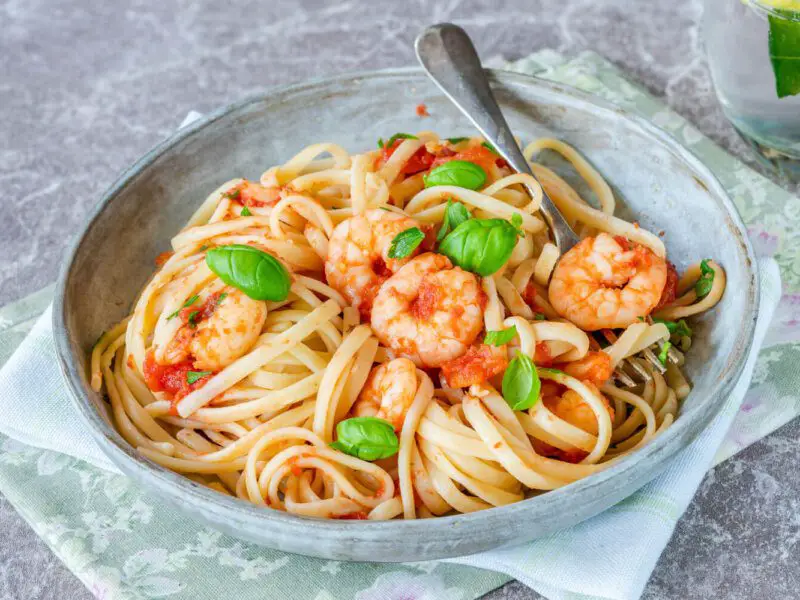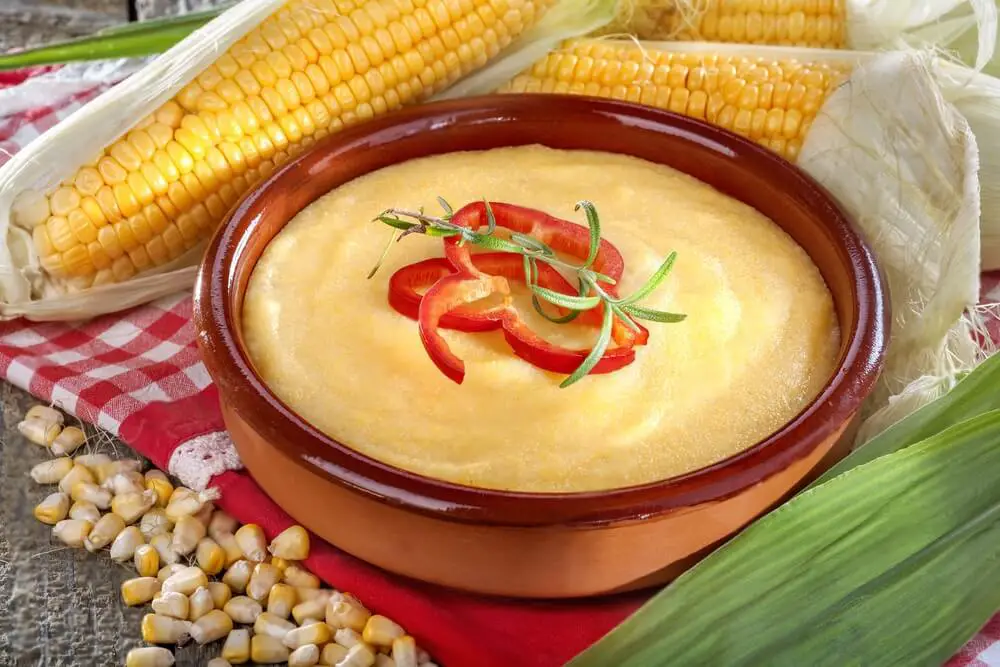When it comes to pasta, we’re all a bit passionate, right? There’s just something about those twirls, twists, and sauces that can make your taste buds do a happy dance. But today, we’re diving deep into the world of pasta, and we’ve got two contenders on our plate – Tagliolini and Linguini. It’s the ultimate pasta showdown, and we’re here to unravel the saucy secrets of these two delectable options.
So, buckle up and get ready for a pasta adventure. We’re serving up a steaming plate of knowledge, with a side of creativity, just the way you like it.
Tagliolini: The Ribbon of Italy
Tagliolini, or as they call it in Italy, the “ribbon pasta,” is a slender and elegant choice for those who appreciate the finer things in life. This pasta hails from the beautiful regions of Molise and Piedmont, where it’s practically the superstar of the pasta world.
The Skinny on Tagliolini
Picture this – tagliolini is like the supermodel of the pasta world. It’s incredibly slim, with strands measuring just 2-3 millimeters in width. It’s that paper-thin friend who somehow always manages to look effortlessly stylish.
The ingredients for tagliolini are as simple as pasta can get – egg, semolina flour, salt, and water. It’s a true embodiment of Italian culinary artistry. You can find it in two forms – fresh and dry. The fresh variety is a real treat if you can get your hands on it, but the dried version is more accessible, available in grocery stores.
What’s Tagliolini Served With?
Now, here’s where the magic happens. Tagliolini is a versatile pasta, but it does have its favorites. It’s a traditional companion to butter-based sauces. The silky, delicate strands of tagliolini are like a canvas for the rich, buttery goodness.
But that’s not all! Tagliolini can also cozy up to sauces made from the drippings of roast meat, known as sugo d’arrosto. It’s like a fancy rendezvous with the roast dinner, right in your pasta bowl.
Feeling adventurous? Tagliolini can play nice with lighter sauces or even find its way into comforting Italian soups. The process is simple – boil the pasta for a few minutes, strain it, and then serve it in all its saucy glory.
And guess what? If you find yourself short on tagliolini, angel hair pasta can step in as a dashing substitute. So, no excuses for missing out on this Italian delicacy!
Linguini: The Little Tongues of Liguria
Linguini, also sometimes spelled as Linguine, hails from the beautiful Liguria region, a coastal paradise where the sea meets the pasta. It’s like a love story waiting to happen. The name itself, “little tongues,” hints at the intimate relationship between linguini and its sauces.
The Skinny on Linguini
Now, let’s talk about the physical attributes of linguini. It’s long and thin, but here’s the twist – it’s not flat like your everyday pasta. Take a closer look, and you’ll realize that it’s oval or elliptical in cross-section. It’s like pasta with a secret identity, making it more cylindrical in shape.
Linguini is typically made from durum wheat semolina and eggs, and you can find it fresh or dried in your local grocery store. It’s about 4 millimeters in diameter, which gives it a substantial presence on your plate. It can even rock a whole-wheat or spinach-infused look for those who like a dash of color in their pasta.
And here’s a little pasta tidbit – if you come across linguettine, it’s like linguini’s slimmer sibling. The same elliptical cross-section but with a tad less pasta to twirl around.
What’s Linguini Served With?
Linguini’s coastal roots make it a perfect match for seafood. Picture a plate of linguini mingling with clams, shrimp, or mussels – it’s like a culinary beach party! It’s a star in various Ligurian dishes, adding a touch of elegance to the coastal cuisine.
But don’t let its coastal connections limit your imagination. Linguini loves to be versatile. It pairs beautifully with thinner sauces, like a drizzle of olive oil that can make your taste buds sing. Pesto sauce or tomato sauce can also be its partners in crime, creating a symphony of flavors.
If you’re feeling a bit more adventurous, why not turn your linguini into a stir-fry? It’s like giving your pasta a passport to explore different culinary worlds.
Now, when you’re preparing linguini, here’s the deal – boil it in salted water for up to 10 minutes. You want it to be just the right amount of tender, and then it’s time to drain and dress it up with your chosen sauce.
The Pasta Showdown: Tagliolini Vs. Linguini
So, here’s the moment you’ve been waiting for – the showdown between Tagliolini and Linguini. It’s not about which one is better; it’s about finding the pasta that suits your mood, your recipe, and your cravings.
Appearance
Tagliolini is the delicate beauty with its paper-thin strands, while linguini brings a more substantial presence with its oval cross-section. It’s like choosing between a dainty ribbon and an elegant cylinder.
Ingredients
Tagliolini keeps it simple with egg, semolina flour, salt, and water. Linguini, on the other hand, adds eggs to the mix and can even go for whole-wheat or colorful variations. It’s all about your preference for ingredients.
Versatility
Tagliolini loves buttery and roast meat sauces but can adapt to lighter options and soups. Linguini, with its coastal origins, dances gracefully with seafood and also pairs well with a variety of sauces and can even take on a stir-fry challenge.
Availability
Fresh tagliolini is a treat but can be a bit elusive. Dried tagliolini is more accessible. Linguini, both fresh and dried, is readily available in most grocery stores.
Substitutes
If you find yourself in a pasta predicament, angel hair pasta is a worthy substitute for tagliolini. Linguini, with its unique shape, doesn’t have an identical substitute, but it can often stand in for spaghetti in recipes.
Cooking Time
Tagliolini and linguini have similar cooking times – just a few minutes in boiling water until they’re perfectly tender. It’s a race against the clock to make sure you don’t overcook them!
Final Thoughts
In the grand pasta showdown between Tagliolini and Linguini, there’s no clear winner – it’s all about personal taste and the dish you’re dreaming of. Both these pasta options bring their own unique charm to the table. Tagliolini is the delicate ribbon that’s perfect for elegant, buttery sauces, while linguini is the coastal favorite that dances with the sea and loves to experiment with flavors.
So, next time you’re in the pasta aisle or at your favorite Italian restaurant, remember this pasta face-off and choose the one that speaks to your taste buds. Whether it’s the elegance of tagliolini or the versatility of linguini, you’re in for a delicious pasta adventure. Enjoy the twirls, the twists, and the saucy indulgence – because that’s what pasta is all about. Bon appétit!



